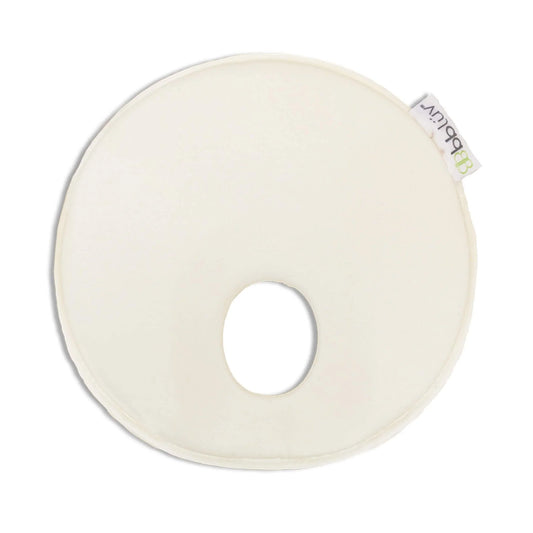What to do if your little one refuses to take a nap?
At two years old, children begin to be a little more independent, learn to say “no” and say no to things they don’t feel like doing. This is a stage in which they desire to have more control and many developmental advances flourish. In addition, it is an age where imagination grows and your little one’s mind is very active. For this reason, it can be difficult for you to relax and manage to take a nap. However, don’t let this difficulty fool you into thinking that, perhaps, your child no longer needs hours of daytime sleep.
Tips to help your two-year-old son or daughter take a nap
First of all, keep in mind that your two-year-old still needs between 1.5 and 3 hours of sleep during the day. At this age, naps are still important, as a good daytime sleep leads to better nighttime sleep. This means that by getting adequate rest during the day, your little one will experience fewer nighttime awakenings and longer sleep. If your child refuses to take naps, here are some tips to make sure that this time doesn't become a battle.
Minimize distractions in your sleep space
If your little one has a habit of actively playing in his room or using his crib or bed as a play area while he is awake, it is a good idea to have him do these activities in another space such as the living room . By making this change, you are letting him know that his room is for being quiet and sleeping.
Help him get involved in the process
Hopefully, your child will not like to take a nap if he is doing something fun like playing with his stuffed animals. So, you can tell him to put his toys away wrapped in a blanket so they can go to sleep too .
This way you put your baby “in charge,” making him feel like he has control over the naptime routine. Plus, this small gesture turns bedtime into a time of collaboration instead of a power struggle.
Darkens your room
Darkness is a key factor when it comes to sleeping, both during the day and at night. If your baby's room is not dark enough, it will be harder for him to fall asleep. The darker his room is, the easier it is for his body to produce melatonin, which regulates sleep cycles. A good option is to place a blackout curtain that adheres well to the window, especially during the day.
Use the white noise machine
Your little one needs help with all the external factors that make it difficult for him to fall asleep. In addition to providing him with a dark and cool sleeping environment, you can use the white noise machine to isolate external noises and promote a more restful sleep .
Establish a bedtime routine before your nap
Babies and children love routines because they help them predict the steps leading up to sleep and prepare their bodies and minds for what's to come. If possible, create a simple but consistent bedtime routine before naptime. Ideally, lower the stimuli at least half an hour before bedtime, turn off the screens, and suggest quiet activities like reading or painting .
Give him moments to feel empowered
Toddlers really want to be in control whenever they can. To make naptime less of a battle, give your child the option to feel like they have some control by offering limited options for exercising their desire for independence during the day.
Limit snacks
Eating foods, especially those containing sugar, can interfere with sleep because they activate the brain . Try not to offer snacks to your little one close to nap time.
If your toddler is having trouble napping or sleeping at night and you need help implementing a healthy sleep routine, please contact us for advice.









